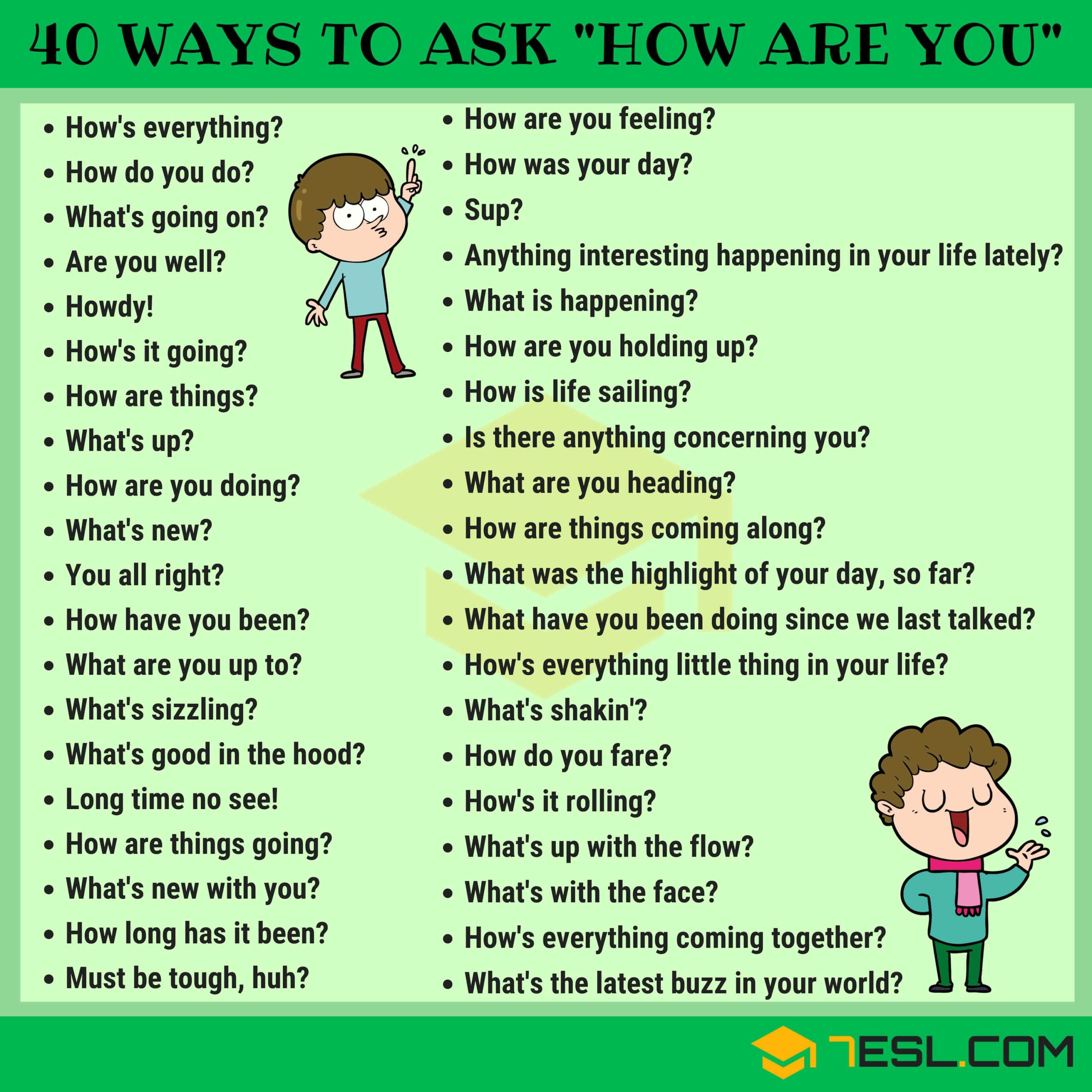Understanding Any Driver Car Insurance
 Any driver car insurance is a little different from traditional insurance, but it does have many advantages, especially for families with one vehicle and multiple drivers. The whole idea behind this type of insurance is to have coverage on the vehicle no matter who is driving it. You can get this type of insurance on your auto policy, but it can be more expensive than traditional insurance.
Any driver car insurance is a little different from traditional insurance, but it does have many advantages, especially for families with one vehicle and multiple drivers. The whole idea behind this type of insurance is to have coverage on the vehicle no matter who is driving it. You can get this type of insurance on your auto policy, but it can be more expensive than traditional insurance.
Several things affect the price such as the type of vehicle you have and its value, along with where and how often the car is driven. The number of drivers assigned to the vehicle, their ages and driving record plays a huge factor in the price, as well. However, you can get roadside assistance vehicle coverage for one low price.
Roadside Assistance Vehicle Coverage
When you choose the vehicle coverage for your roadside assistance plan, it covers the vehicle named on the policy regardless of who is driving it. The driver simply needs to call in, explain what has happened and provide the representative with the information they need to send help. As long as the plan you chose covers the emergency, help will be on the way shortly.
On the other hand, if you choose the individual plan, then it covers you and not the vehicle. Therefore, it doesn’t matter what vehicle you’re driving, you can call for help but if you loan your vehicle out to someone else, this insurance will not cover them because it follows you, not the vehicle. Roadside assistance coverage is simple and easy to understand, unlike traditional any driver auto insurance.
Auto Insurance Coverage
When it comes to auto insurance, it gets a little more complicated. This is when you’ll need to read your policy very carefully. This type of insurance automatically covers the vehicle listed on the policy but that doesn’t mean that it will cover anyone driving the vehicle like roadside assistance does.
Some companies will honor your policy no matter who is driving the vehicle as long as they’re over the age of 25 and you give them permission to drive it. It doesn’t matter if you’re related or not. Although, if you use poor judgment and allow someone with a bad driving record, no driver’s license, suspended license or someone under the influence of drugs or alcohol to drive your vehicle and they have an accident, then your insurance company may refuse to pay.
Liability coverage usually, but not always, follows the driver. Therefore, if the person you allow to drive your vehicle has insurance and they’re at fault, their policy will usually kick in and pay if they’re involved in an accident while driving your car.
Some insurance companies will only cover others driving your vehicle if they live in your home with you and if you have them added to the policy. In this case, the insurance company can limit the amount of coverage they pay at their discretion or refuse to pay altogether if you let someone drive your vehicle that is not on the policy.
If you know someone else will be driving your vehicle, then the roadside assistance vehicle coverage would be the best choice for you. When it comes to traditional auto insurance, find out exactly what type of any driver car insurance coverage you have in advance. It can save you a lot of trouble later if they have an accident or any other type of emergency.

